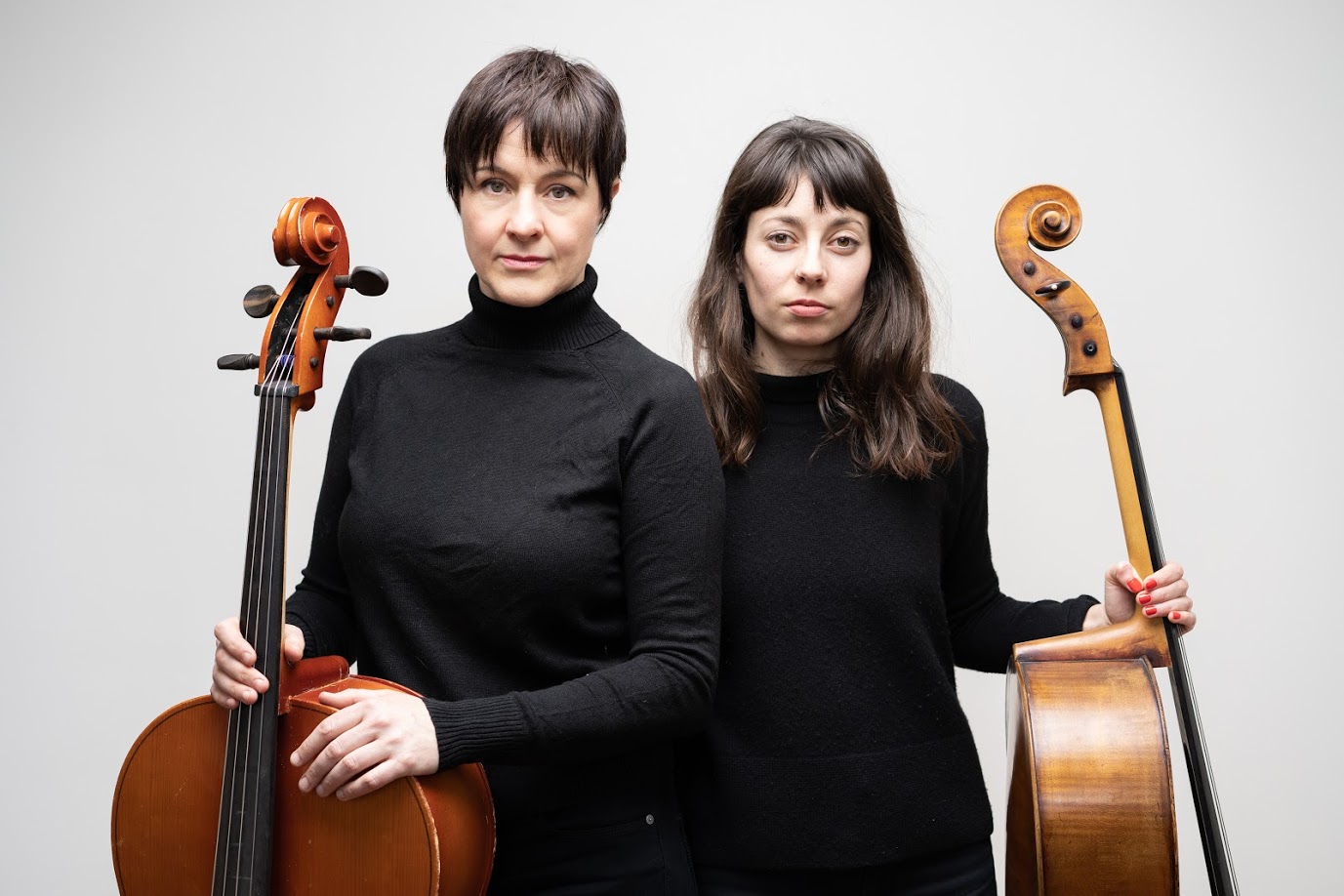When she’s not at Orchestra Hall, you can find Chicago Symphony cellist Katinka Kleijn headlining Chicago’s contemporary and free-jazz venues. But on Saturday, March 16, she'll be with cellist Lia Kohl (of performance collective Mocrep) at Eckhart Park Pool, where they’ll present Water on the Bridge, featuring 30 crowdsourced and salvaged cellos (in the filled pool). Kleijn talked to Chicago about the project that’s not afraid to get its endpins wet.
You’re both classically trained, but you also improvise around the city. Were these always parallel threads for you?
Not really. When I moved to Chicago, I met Claire Chase — the flutist who founded the International Contemporary Ensemble (ICE). She was a huge influence on me, as was the entire group: They’re the kind of musicians I love playing any kind of music with.
The free-jazz scene in Chicago was also a huge influence. I always went to tons of improvised shows and made lots of friends in that scene, but I actually didn’t start improvising right away. I think it’s hard for someone who’s classically trained, and I didn’t necessarily think I could do it. But some friends pushed me, and once I did it, around 15 years ago, I didn’t want to stop. Chicago opened my mind to lots of new things in my musical life.
How does your tilt toward the avant-garde relate to your experience in the CSO, playing largely symphonic staples that have been performed again and again for centuries?
Those works are often just as experimental as the pieces I play now — just in a different language and from a different time. For instance, we played Beethoven’s Symphony No. 7 with Riccardo Muti on tour two weeks ago, and I was struck by what minimal materials Beethoven used when he wrote. I also thought of the improvisers I know, who will take one element and make an entire composition out of it. That’s exactly was Beethoven was doing.
Let’s talk about Water on the Bridge. Why water and cellos?
I like to say the Instigation Festival [an artistic exchange between Chicago- and New Orleans-based improvisers] well, instigated Lia and I’s friendship, because that’s where we first started playing together. One year, Lia and I were improvising on Thorndale Beach, and we thought, “Let’s go in the water.” We’re taking these precious objects, putting them in a dangerous setting, and accepting the things that might happen to them. The experience was incredibly freeing and beautiful — you can float with the cello, you can swim with it — so we kept elaborating on it.
What can audiences expect on Saturday?
This is our fourth collaboration involving water and cellos and the most full-scale one so far. A lot of the piece is improvised; we have a road map that we’ll fill in live. The cellos themselves will be in and out of the pool, as will we, so a lot of the piece is playing with the sound of cellos and water, as well as the sound of cellos in the water. And the pool’s acoustics are totally gorgeous: It has an arched ceiling and is huge, something like 20,000 square feet. We’re also working with a composer, Daniel Dehaan, who will do electronics and sound with us.
This seems like something cellists shouldn’t try at home.
Exactly! We’re only using cellos that don’t have much of a life on land otherwise — they’re damaged or in disrepair. We contacted schools and violin-maker shops. I even found an ad on Craigslist with a whole bunch of cellos in South Bend, so we got a bunch from there. Then, we asked some students from the Chicago School of Violin Making to help us repair them. But there are a couple that have been in the water two or three times now and have been OK. So as long as it’s not in the water long, it’s probably fine!
Details Water on the Bridge. Noble Square. Eckhart Public Pool. 7 p.m. Free. Details.



